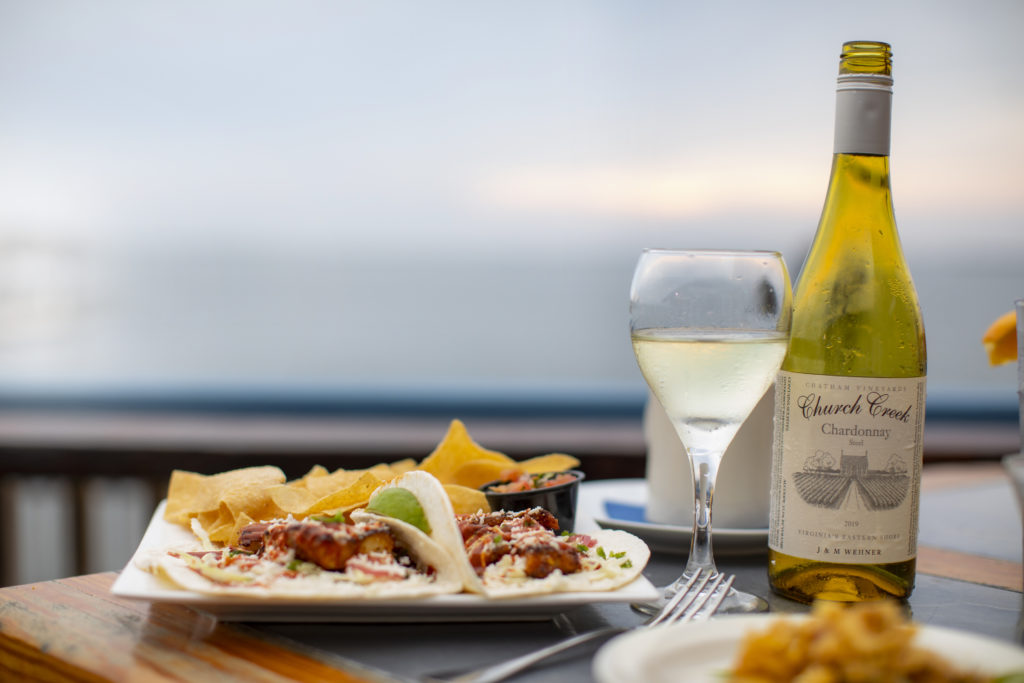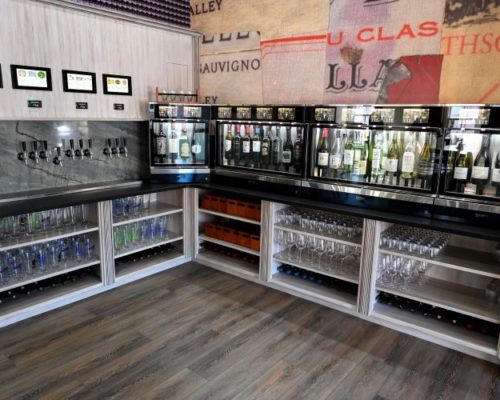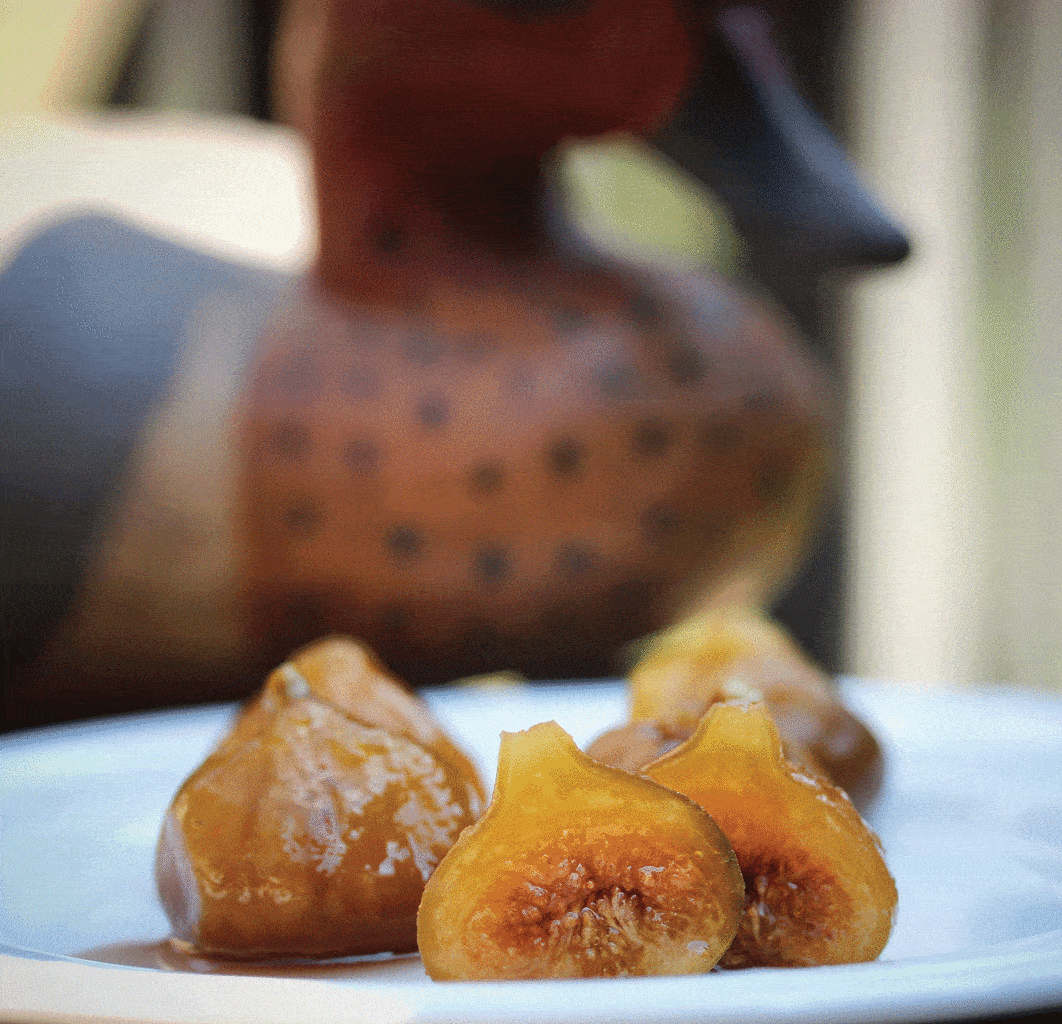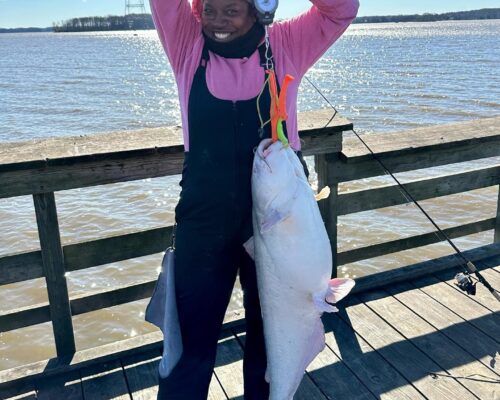Local wineries step up to the plate
In the briny, breezy climate of the Chesapeake Bay, land of abundant oysters and crabs, Chesapeake food and wines seem to be a natural pairing. Indeed, vineyards burgeon on the Chesapeake’s shores, and no doubt the wine and food evolved hand-in-hand, right? Nothing, of course, is so simple. In fact, although colonists living around the Chesapeake first started making wine in the 1600s, winemaking was pretty much a failure until relatively recently.
“Good wine was not being made in this area 20 years ago, except [by] a handful of people,” says Chef Patrick “Opie” Crooks, who taps into Chesapeake Bay producers and winemakers for his hyper-local menu at Line DC’s No Goodbyes. “Maybe about 15 years ago is when it started happening.”
So where do we stand now, with the marriage of Chesapeake wines and cuisine? Is it something modern-day Chesapeake winemakers even consider, how their wines mesh with local flavors? Do they factor it into their grape-growing? Some winemakers have said no, that’s not a consideration, and others have said that it’s simply a matter of personal taste. That said, there are a bevy of Chesapeake wineries that do indeed consider the local cuisine as a way of enhancing their wines—and it’s a very exciting thing.
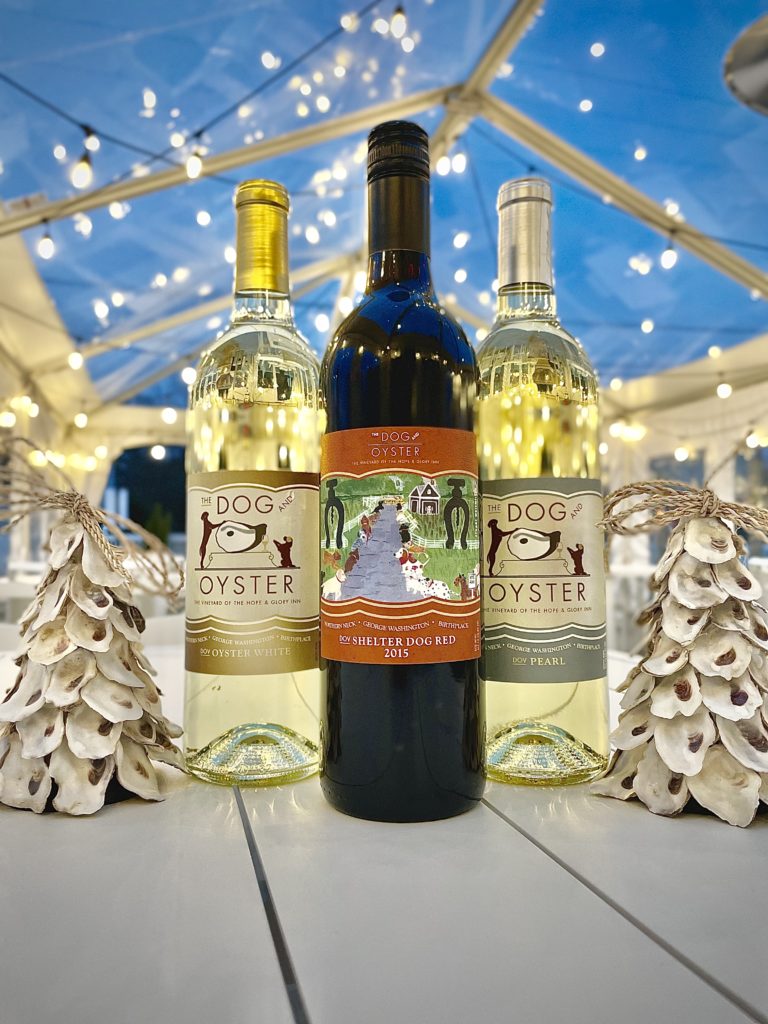
Let’s start with the most obvious—wine and oysters. Chesapeake oysters have, of course, been harvested for generations, with diverse distinctive flavors ranging from salty to sweet and buttery to briny.
Dog and Oyster Vineyard in Irvington, Va., near where the Rappahannock River feeds into the Chesapeake, was established ten years ago to produce bracing white wines that pair expressly with oysters. “Growing grapes on land next to the water where oysters were grown—the terroir of our grapes matches perfectly with the merroir of the oysters,” says Dudley Patteson, the vineyard’s co-owner with his wife, Peggy (though they recently sold the land back to the original owners, keeping the brand and business and starting a micro-vineyard at their Hope and Glory Inn). “The taste of the grape and the wine is the same as the oyster.”
Their wines are fittingly called Oyster White, a chardonel (a late-ripening, white-wine hybrid grape), and Pearl, made from vidal blanc. “They are dry white wines,” Patteson says. “If you take a sip of dry white wine and put an oyster in your mouth after, the flavors of the oyster pops because of the way the wine coats your palate, and how your palate reacts to the sweetness or salinity of a given oyster.”
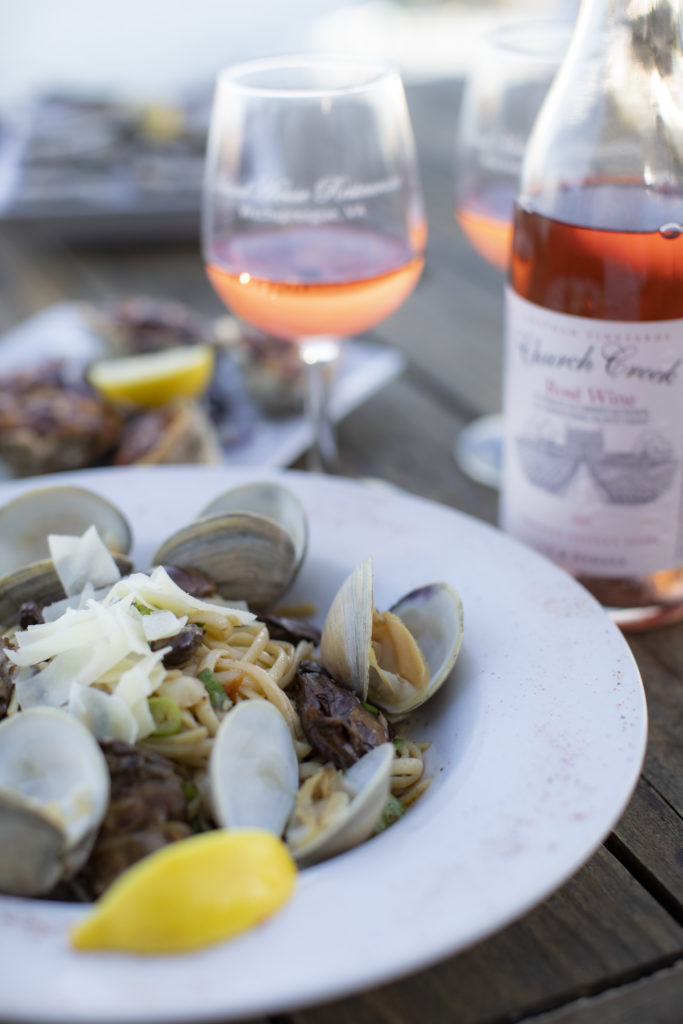
The family-run Chatham Vineyards, overlooking Church Creek on Virginia’s Eastern Shore, began growing wine 22 years ago, and they, too, celebrate the wine and oyster combo. “We’re surrounded by water,” co-owner Mills Wehner says, “and something happened along the way. Not the wine-making process, but we obtained a raising awareness of how the wine and food are grown together, the idea of how oysters reflect the merroir, which parlays to terroir, where the grapes are grown.”
Their unoaked chardonnay is “expressive of the site and vintage,” Wehner says. “It’s a light touch in terms of wine-making. There’s a lot of minerality. Our soil is uniform across the whole farm. There’s not a lot of diversity. It’s a coastal, flat American Viticulture Area, with ancient shell in the soil. You can taste that the wine and oysters are grown together.”
Ingleside Vineyards, on Virginia’s Northern Neck, produces the award-winning Chesapeake series of five wines designed to complement regional foods. “When we produce wines, we think about foods that they go well with,” says Chris Flemer, Ingleside’s marketing manager. Their Coastal White label, for example, is a dry chardonnay showing a crisp and clean acidity. “We do a stainless-steel chardonnay because we don’t want the oak to overpower the seafood. It’s great with raw oysters,” he says.
But it’s not all about oysters and whites. Crow Vineyard, on Maryland’s Eastern Shore between Chestertown and Chesapeake City, started as a third-generation family farm and diversified 12 years ago into wine. “We grew grass-fed angus beef,” co-owner Judy Crow says. “We chose a grape that we thought would pair nicely with that beef. Barbera is known in Italy as a farmer’s wine. So we’re like, okay, we want to plant that grape. That’s how we got going. And we took it to the next level with local food.”
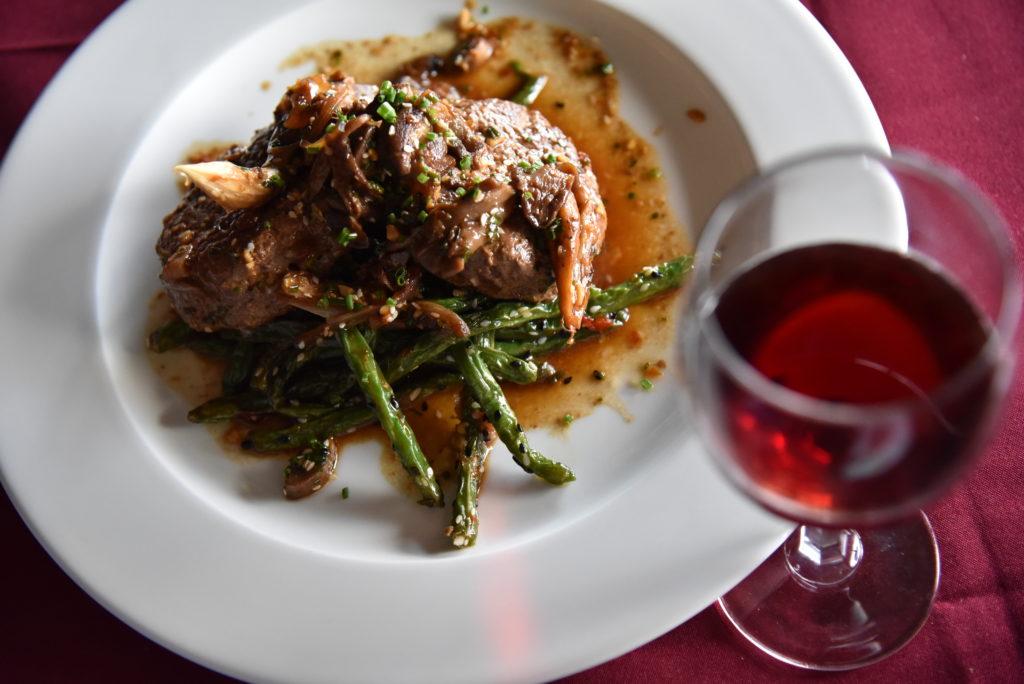
Crow makes a sauvignon blanc that pairs nicely with oysters. But they also do a couple of different French-style sparkling wines that pair with local chocolates. “We partnered with Kilby Cream in Rising Sun,” Crow says, “and created a rosé ice cream that has a vanilla base with rose wine and chocolate chunks and bing cherries.”
Chatham makes a dry, fruit-forward, Provence-style rosé. “It’s lovely with seafood with natural sweetness, like blue crab and shrimp,” Wehner says.
She also describes the diversity of foods on the Eastern Shore, and the thrilling possibilities for wine pairings. “There’s a sweet potato grown only on the Eastern Shore, with a rich, white flesh,” she says, speaking of the heirloom Hayman sweet potato. “That’s a rich ingredient that ends up nicely pairing with merlot or cabernet franc. The wild game here, too, goes well with our reds.”
Although the unspoken rule is that reds do not go with seafood, Ingleside produces the Bordeaux-style Coastal Red that does. “It can accommodate seafood because it’s medium bodied,” Flemer says. “It’s a really enjoyable wine that can be paired with fish, fried food, as well as local meats and game, cheeses, even pasta with red sauce.”
On the restaurant side, Chef Opie says of course local wines are part of his Mid-Atlantic-driven menu. “It’s like when you’re eating in France, you drink wine produced close to that area. Having food and wine of a place is very special. Strength is in the area.”
That fact is reflected in his menu. “For example, right now,” he says, “we have a braised beef dish that I love with Jon’s [Wehner] cab franc from Chatham. Obviously, he has a chardonnay that’s delicious with oysters and fish and shellfish of all kinds.”
There’s another exciting aspect to local wine and food pairing, and that’s sustainability.
“We think a lot about how to support our local neighbor farmers and their products, and how to bring together our wines and their products,” Crow says. “We make the wine and think about the food, and then we celebrate it with the pairing of food and showcase it so others understand.”
Chatham, too, is devoted to supporting regional products. “We are now one of only two vineyards on the Eastern Shore,” Wehner says, who also is very involved with the Eastern Shore of Virginia Foodways Group, a nonprofit that celebrates local ingredients, traditional dishes, and culinary innovation. “A long time ago, we realized there wouldn’t be a wine trail, so we had to look to food. And we have been partnering with foodways and aquaculture, not wine growers, because wine growers aren’t here.”
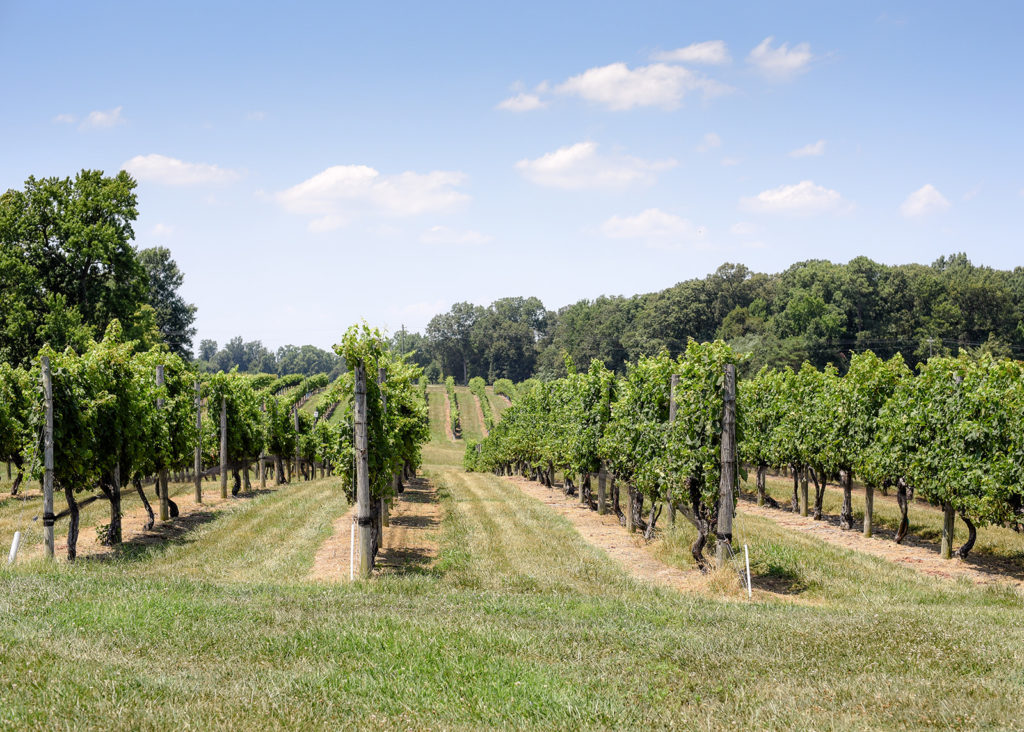
Chef Opie says he works with winemakers and food growers personally. “Working with Spike Gjerde [of Baltimore’s Woodberry Kitchen] taught me that food tells you your sense of place in the year, where you are, what time of year it is. As that progression goes, I work with farmers and growers and winemakers, asking them to grow certain things to go with my menus.”
The Chesapeake Bay colonists had the food—indeed, look at any early American cookbook and the recipes are mainly Chesapeake based—but they didn’t have the complementary wine. Thanks to the intrepidness and skill of winegrowers, however, local wines are catching up, making for some exciting, innovative food-and-wine pairings—and foodways relationships—to showcase the tantalizing flavors of the Chesapeake.

